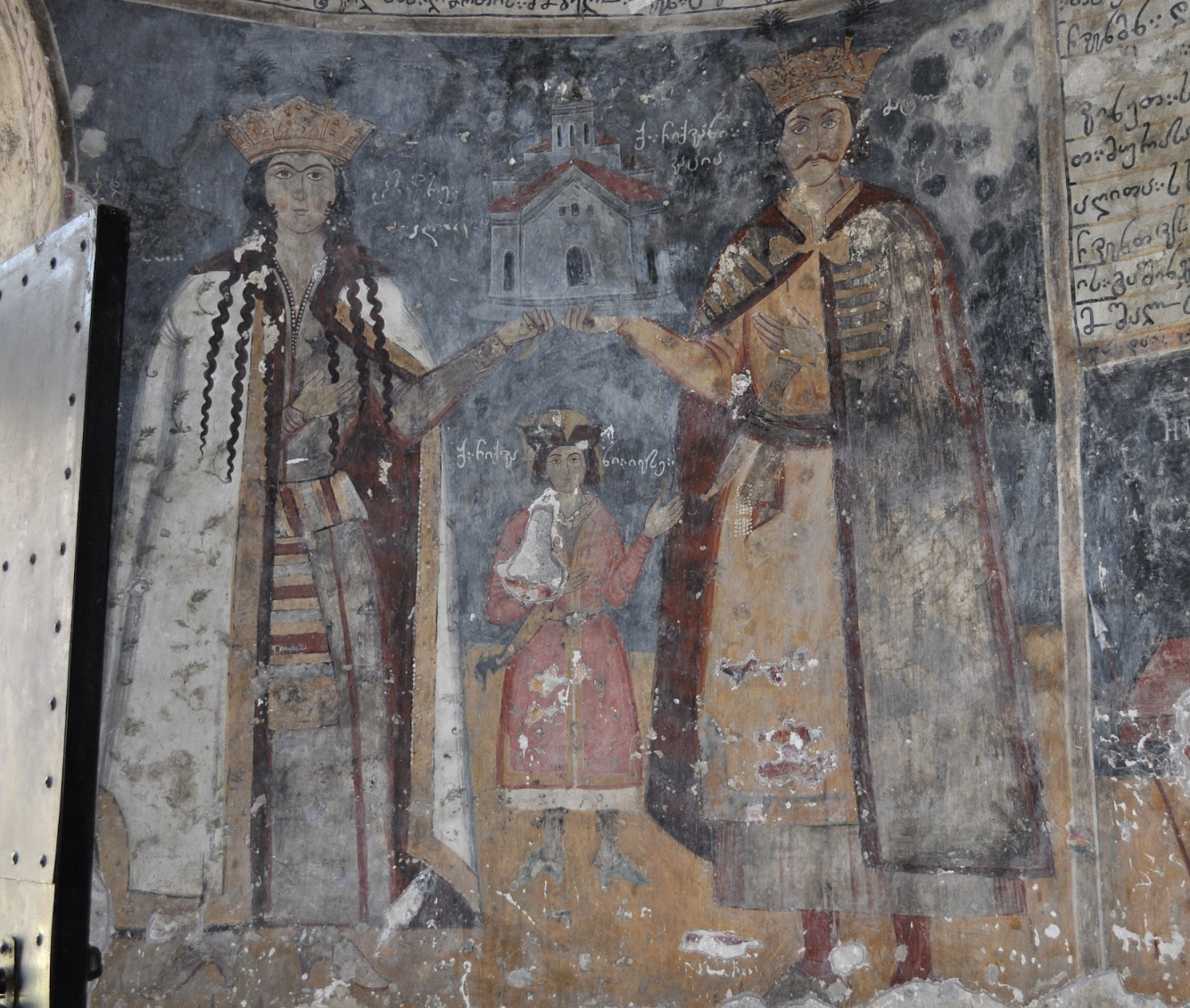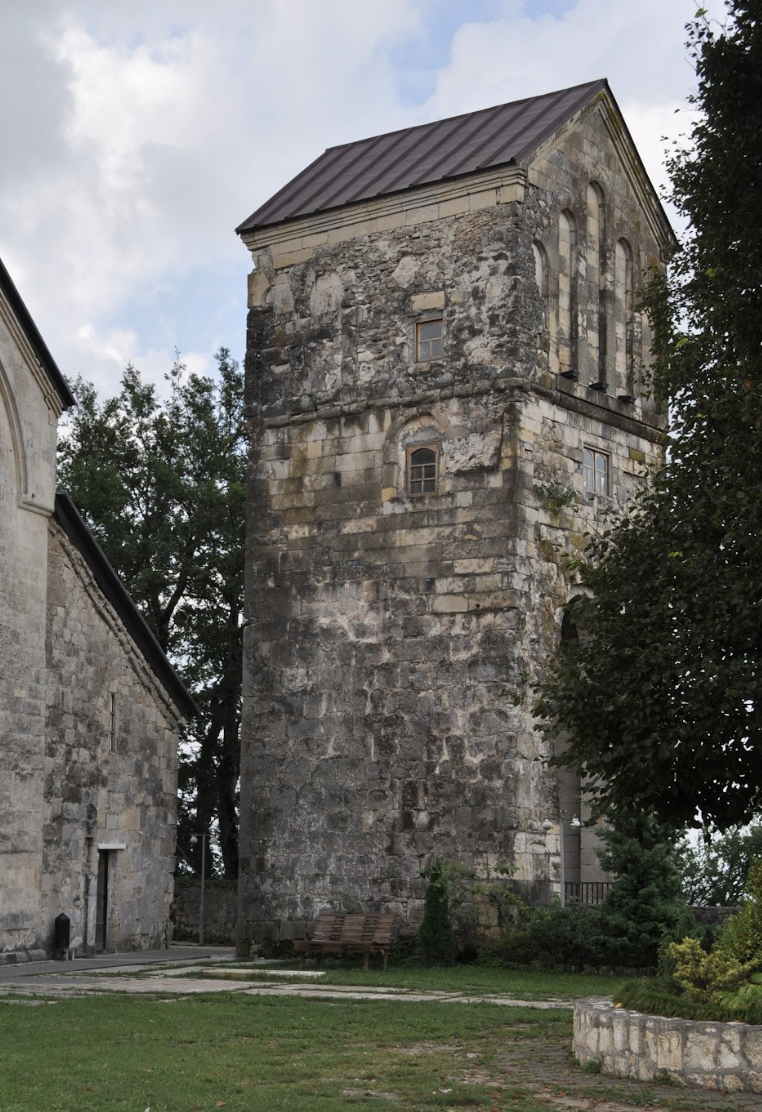
Feel free to add tags, names, dates or anything you are looking for


Martvili is one of the most sacred sites in Georgia. According to tradition, St Andrew the Apostle cut down an oak worshiped by the pagans on this site and, after they had converted to Christianity, founded a church, the altar of which stood on the roots of the felled oak. The tradition is reflected in the ancient name of the place, Chkondidi, meaning “big oak.”

Martvili Cathedral from the north-east
In the early Middle Ages, Martvili became a renowned monastery and, from the tenth century, also a Bishop’s See. The main church of the monastery, which serves as a cathedral, is dedicated to the Dormition of the Mother of God. It was built in the seventh century as a free copy of the Jvari Church at Mtskheta.

Martvili Cathedral. Interior view, looking east
Repeating the main lines of the prototype, Martvili Church reproduces the tetraconch plan, with four apses arranged in the cardinal directions. Between the apses are additional chambers in all four corners. These communicate with the central space by means of 3/4 circular niches. However, unlike Jvari Church, here the apses are five-sided, due to which the façade niches appear deeper. The sculptural decoration is also different: rather than having separate compositions, continuous relief friezes are employed.

Martvili Cathedral. Sculptural frieze on the eastern apse
The church was substantially restored in the reign of George II of Abkhazia (922-957) and lost its initial external forms; however, it largely retained the original interior. The western porch was built in 996, and the dome was restored once again in the fourteenth century. In the 1840s, Greek masons repaired the outer stonework and added some decorative details.

Martvili Cathedral. Interior view of the dome
Parts of the fourteenth-, sixteenth-, and seventeenth-century frescos have been preserved in the interior of the church, including the donor portraits of local princes.

Martvili Cathedral. Portrait of donors
A small two-story church to the north of the cathedral dates back to the eleventh century. It is known as the Church of the Chikvani Family. Its façades are decorated with blind arches and ornate window frames.

Church of the Chikvani Family
A three-story tower was built in the early eleventh century to the southwest of the cathedral to house a hermit. In the Middle Ages, the tower was renamed “a pillar” to recall the ancient Eastern Christian tradition of stylitism. Hermits lived there until the mid-nineteenth century. In 1922, the tower collapsed, and was restored in 1980. A bell tower was erected in the 2000s.

The Hermit’s Pillar
In the nineteenth century, Martvili served as a burial place for the Dadiani family, the ruling dynasty of the Samegrelo Principality. The gravestones of the last prince, Niko Dadiani, and his parents, David and Ekaterine, are housed inside the cathedral.